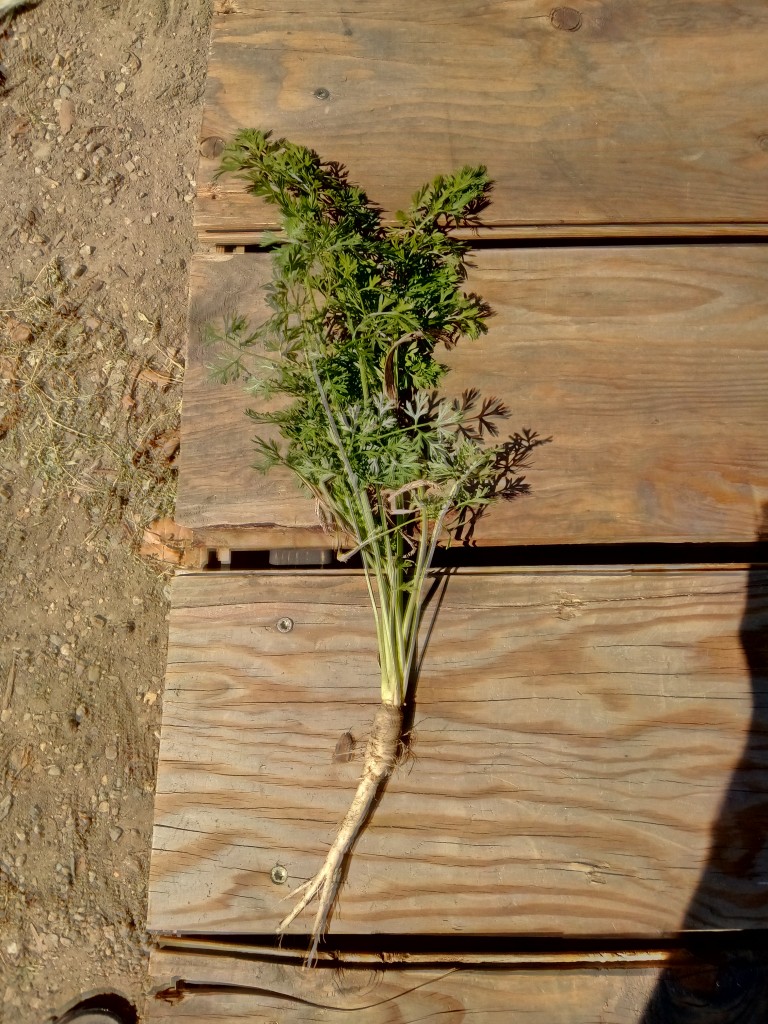 I recently signed up for a guided foraging walk with a group, but when I arrived at the appointed spot, there was neither guide nor group. Fortunately, I ran into my friend David Gracer, not only a recognized expert on edible insects, but someone with an impressive knowledge of plants. We decided to go on our own foraging tour to see what the streets of Providence had to offer.
I recently signed up for a guided foraging walk with a group, but when I arrived at the appointed spot, there was neither guide nor group. Fortunately, I ran into my friend David Gracer, not only a recognized expert on edible insects, but someone with an impressive knowledge of plants. We decided to go on our own foraging tour to see what the streets of Providence had to offer.
I must first extend this caveat – David told me that although the plants in the city are technically edible, they are so laden with heavy metals and other toxins that he wouldn’t advise making a regular meal of them. That being said, there were some real finds in places I most certainly did not expect.
First stop: a scruffy strip of dirt along the parking lot near the Dean Hotel. To my eye, there was nothing but weeds, but David spied something I’d never heard of – broad leaf plantain. This perennial, which bears no relation to the plantain fruit in supermarkets, is a wild edible plant that can be used to treat chronic diarrhea as well as digestive tract disorders. Both the leaves and seeds are packed with nutrients and safe to eat, although they require a bit of prep work to soften the fibers. Pulverized fresh leaves can be used to treat minor burns, insect bites or skin wounds, and the stuff grows wild all over the city. David spotted some jewel weeds, also known as impatiens, which contain an anti-inflammatory and fungicide that is an active ingredient in some formulations of Preparation H. It’s also a remedy for bee stings, insect bites and poison ivy. Sprinkled among the plants were patches of sweet clover, which has an irresistible tang.
In front of the Hasbro Building, we found one of the most exciting discoveries of the day – a wild carrot! It had the feathery top of the domestic variety, but when we dug it out, the vegetable was white with a split root. The undeniable carrot aroma was what gave it away. I looked it up when I got home and discovered that Queen Anne’s Lace, which was growing nearby, is the mature form of the plant. The roots of that flower also are edible, although they are far tougher. I have seen the flowers my entire life and had never before made the connection.
It was behind the Providence Main Library that we discovered the greatest profusion of edibles. A veritable herb pantry was planted in their narrow gardens. We found mint, lavender and mullein growing in profusion, the clouds of tiny fragrant flowers providing a welcome foil for the cigarette butts that smokers left there. Tiny sparrows flitted nearby, and I gained another bit of wisdom from David’s store of knowledge. Apparently, the butts are not only toxic to the environment, they are also a natural insecticide. Sparrows carry them to their nests to kill the tiny mites that fester there and plague the young nestlings. Baby sparrows raised in nests sprinkled with stained filters grow up heavier and healthier than their nicotine-free neighbors. Go figure.
At the Regency Apartments on Greene Street, we found a collection of mostly decorative plants. Holly grew in profusion, as well as colorful flowers and green bushes. We found burrow holes in between the plants near the lobby windows, and I recalled hearing that bunnies had been spotted there. The big thrill was rounding a corner to the front of the building and discovering a lawn dotted with jewel red orbs. Three crab apple trees were heavy with fruit and David decided to brave a taste of one that he pulled from a branch. “How is it?” I asked, with trepidation. “Delicious!” he proclaimed. “I don’t understand why these aren’t sold in grocery stores.” I was suddenly struck by a childhood memory of my grandmother’s farm in Iowa – rows and rows of bright crab apple jelly on her shelves, the fruit gathered from her own trees. Here, the fruit lay unnoticed, on the ground. I hoped the bunnies, at least, made use of it.
Our last stop was Burnside Park, which offered a great deal of shade, but few edibles other than the ubiquitous broad leaf plantains. However, when I paused under a tree near an outdoor sculpture, I looked up and discovered clusters of what seemed to be green and ripening berries. Then, my memories from age 6 kicked in. “These are choke cherries!” I said. You can’t eat them until they turn deep red or they are so bitter they’ll literally choke you.” I know, because my sister pranked me with them before I learned better.
So, was our foraging run successful? According to David, you’d probably have better luck eating the pigeons and rats that foraged for food of their own. But I brought our carrot home and it sits proudly in a vase of water in my kitchen. Will I eat it? Maybe not. But just finding it brought me a sense of triumph that beats shopping in the produce aisle, hands down.


